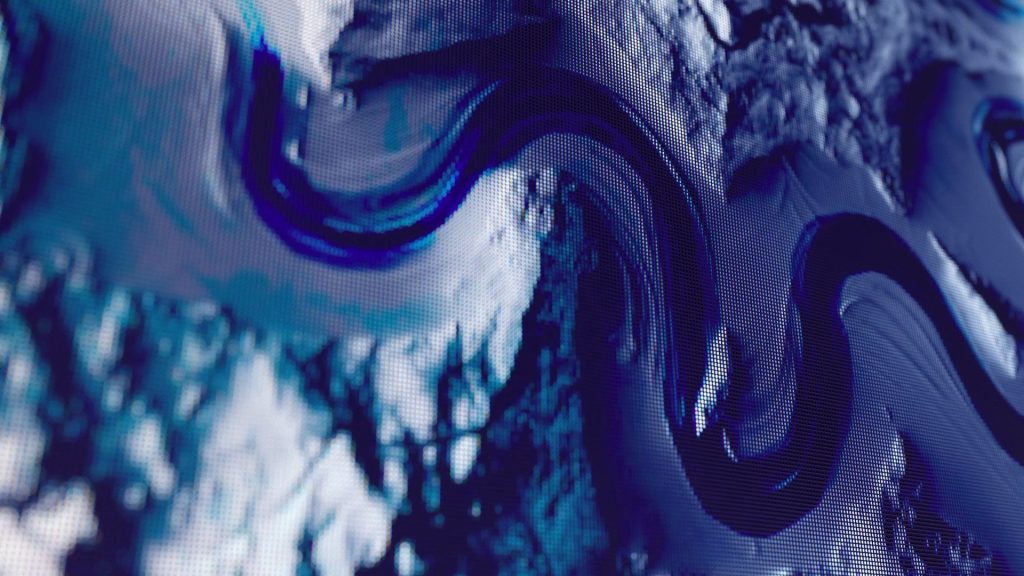/* Charmaine Qiu
charmaiq@andrew.cmu.edu
Section E
Project 04 String Art*/
var spacing = 10;
var gcolor = 34;
var bcolor = 140;
function setup() {
createCanvas(400, 300);
}
function draw() {
//set background color and initial stroke color of center piece
background(0, 13, 255);
stroke(255, gcolor, bcolor);
//the center piece that follows the mouse
for(var i = 0; i < 30; i++){
//changes color when moving between left and right side of canvas
if(mouseX > width / 3){
stroke(150, gcolor, bcolor);
}
if(mouseX > 2*width / 3){
stroke(50, gcolor, bcolor);
}
//the center piece drawn with a spacing variable that sets distance between two lines
line(mouseX, i * spacing, width, height / 2);
line(0, height / 2, mouseX, i * spacing);
}
//line art that surrounds the opposite corners of canvas
for(var i = 0; i < width; i += 10){
//yellow lines
stroke(218, 245, 66);
line(i, 0, width, i / 2);
line(0, i, i /2, width);
//orange lines
stroke(255, 162, 0);
line(width, height - i, width - i, 0);
line(0, i / 2, i, height);
}
}
It was challenging to figure out how to efficiently create the lines on canvas. I tried to incorporate an interactive aspect towards my project, and it was fun to explore with. I now have a better understanding of how digital line art is created and the thought process behind it.
![[OLD FALL 2019] 15-104 • Introduction to Computing for Creative Practice](../../../../wp-content/uploads/2020/08/stop-banner.png)

